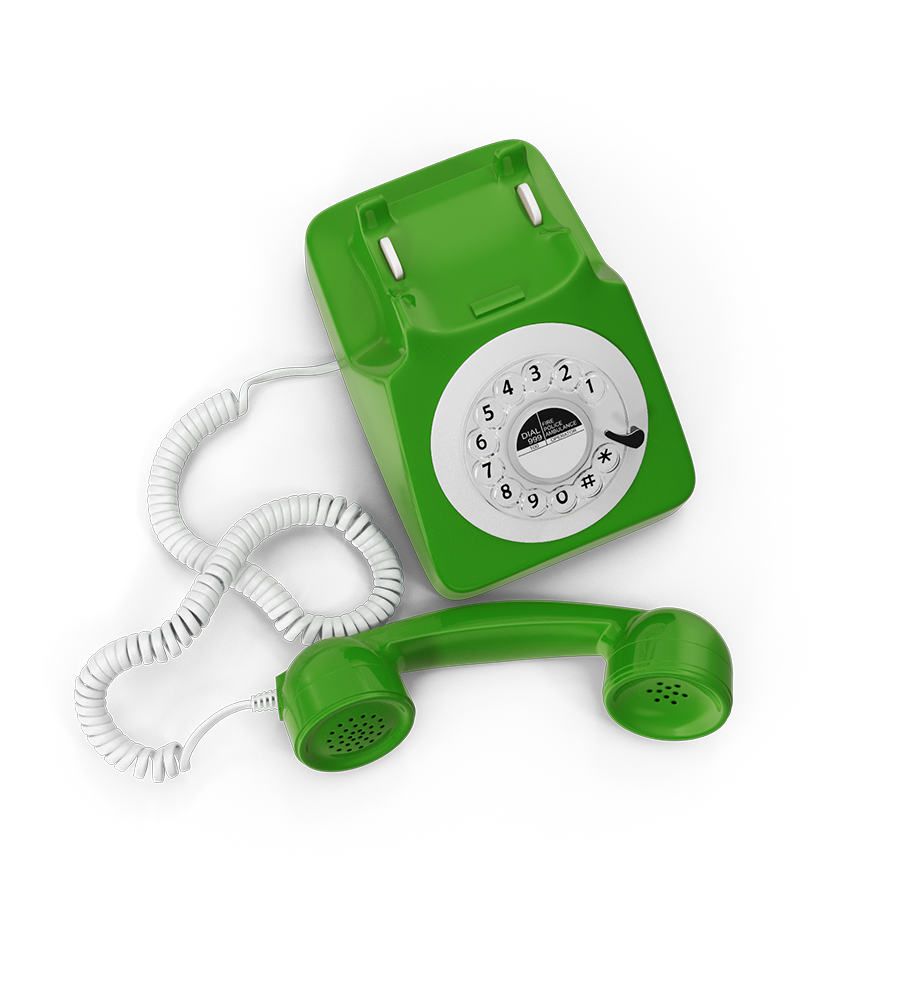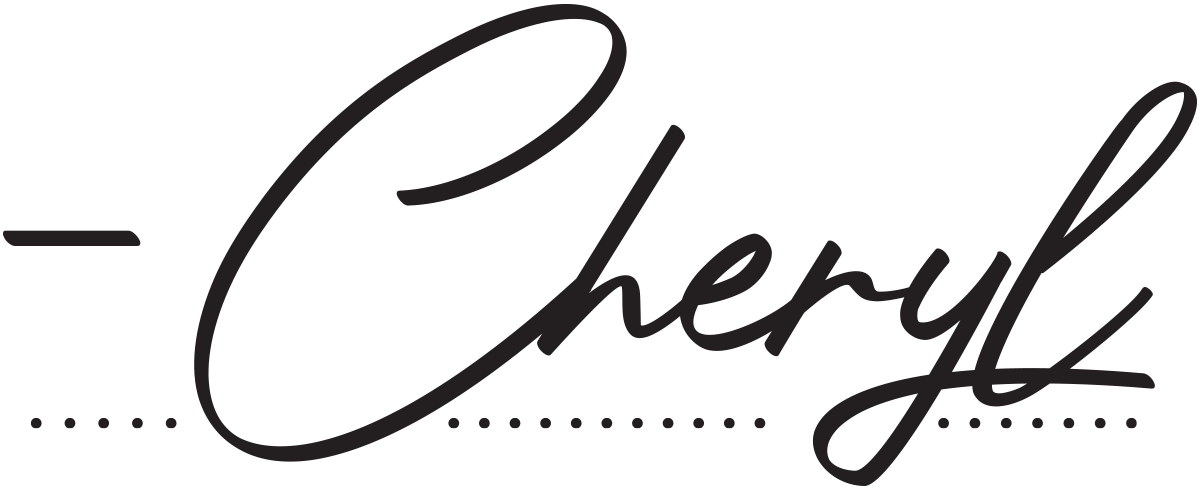
with Cheryl A. Bastian



with Cheryl A. Bastian
We’re tackling some of the most common questions parents ask and sharing simple action steps to make it easy.
How do we put together a high school portfolio?
utting together a high school portfolio isn’t as hard as it sounds. And whether it’s to meet state requirements, college requirements, or simply a tool to obtain scholarships or enter the workforce, preparing a portfolio is a great idea for high school students!
Some states require a compilation of work samples from specific subject areas. Others require samples and a list of books used for study or reading, while others don’t require anything. (But even in those states, portfolios can be invaluable for getting scholarships!) Knowing the requirements is the first step to ease stress and move forward.
On any given year there may be:
- a math notebook
- writing samples—narratives, poetry, technical writing, article summaries, or correspondence
- book list with titles and authors
- documentary list
- URLs from independent studies
- lab reports
- sketch books or nature journals
- photographs of finished projects—artwork, displays, or woodworking
- travel brochures
- theater tickets
- recital programs
- fine arts samples
- sports stats, videos, or newspaper clippings
- community service logs or verification company letterheads
- achievement award certificates or ceremony brochures
Each family has the freedom to choose which samples to collect based on statutory requirements and their own educational philosophy and learning methods.
Some families happily eliminate paper, capturing everything digitally or stored on an online platform. High schoolers may choose to create PowerPoint presentations including photographs of work samples, projects, and video clips of events. Be creative! If your family is learning on the go or on the road, consider how you might take advantage of digital technology.
Parents often ask which work samples might be needed for college admission.
- Reading: This is a running document of titles and authors read over the four years of high school. The contents of this document can easily be copied and pasted into other paperwork. For example, a comprehensive reading log may be requested by a college (though it is less common than in past years) or core-course worksheets for NCAA eligibility (for collegiate sports).
- Writing: On rare occasions, a university may ask for a writing sample to assess the student’s ability. We found it helpful to keep two or three stellar pieces from the junior or senior year.
- Creative arts: If the student applies to an art or music school, a portfolio may be required for admission. Research websites of any colleges of interest to ensure the student is creating and collecting what is required.
- Service: Documenting hours when they are served (printed on company letterhead, if required) can save time in the junior and senior year when college admission paperwork is pressing.

